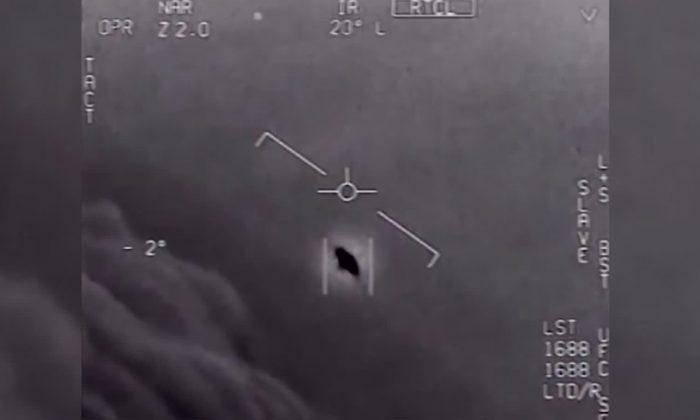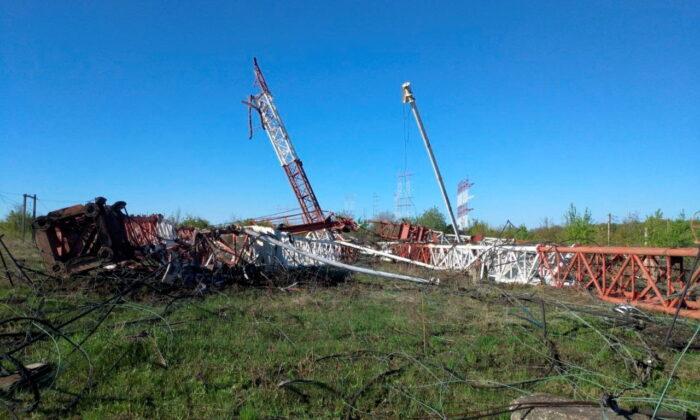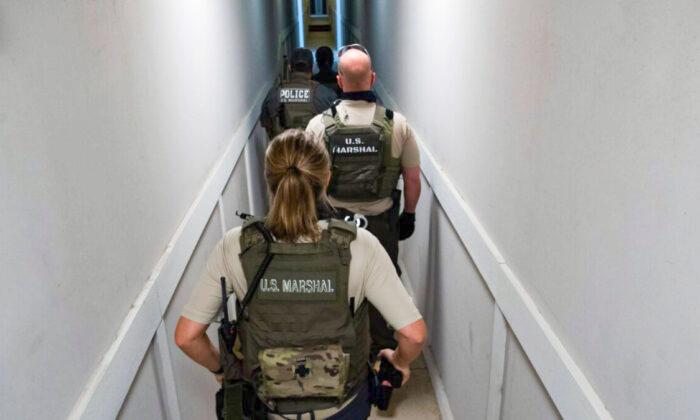The Pentagon has confirmed that images and footage of Unidentified Aerial Phenomena (UAP) released to the public last month were taken by U.S. Navy personnel, and are currently under investigation by its UAP Task Force.
“This footage was filmed in the CIC (Combat Information Center) of the USS Omaha on July 15th 2019 in a warning area off San Diego,” Corbell wrote. “This footage depicts a UAP event series that reached a crescendo with one of the unknown targets entering the water. No wreckage found. None of the unknown craft were recovered.”
“I can confirm that the video was taken by Navy personnel, and that the UAPTF included it in their ongoing examinations.”
Corbell said intelligence reports note that the “spherical” craft could not be found upon entry to the water, and that a submarine was used in the search but nothing was recovered.
The Pentagon said the task force was established “to improve its understanding of, and gain insight into, the nature and origins of UAPs.”
“The mission of the task force is to detect, analyze, and catalog UAPs that could potentially pose a threat to U.S. national security,” it said.
That footage is also under review by the UAP Task Force, she said, declining to elaborate further for security reasons.
Since the release of the U.S. Navy images and footage, the Pentagon’s inspector general said it plans to begin a probe next month into how the Pentagon has responded to unidentified aerial phenomena, including UFOs.
“We may revise the objective as the evaluation proceeds, and we will consider suggestions from management for additional or revised objectives,” he added.
John Ratcliffe, the former director of National Intelligence, said UAP Task Force’s report would detail more information than has been released before.
“Some of those have been declassified. And when we talk about sightings, we are talking about objects that have been seen by Navy or Air Force pilots, or have been picked up by satellite imagery that frankly engages in actions that are difficult to explain. Movements that are hard to replicate that we don’t have the technology for. Or traveling at speeds that exceed the sound barrier without a sonic boom,” he added.





